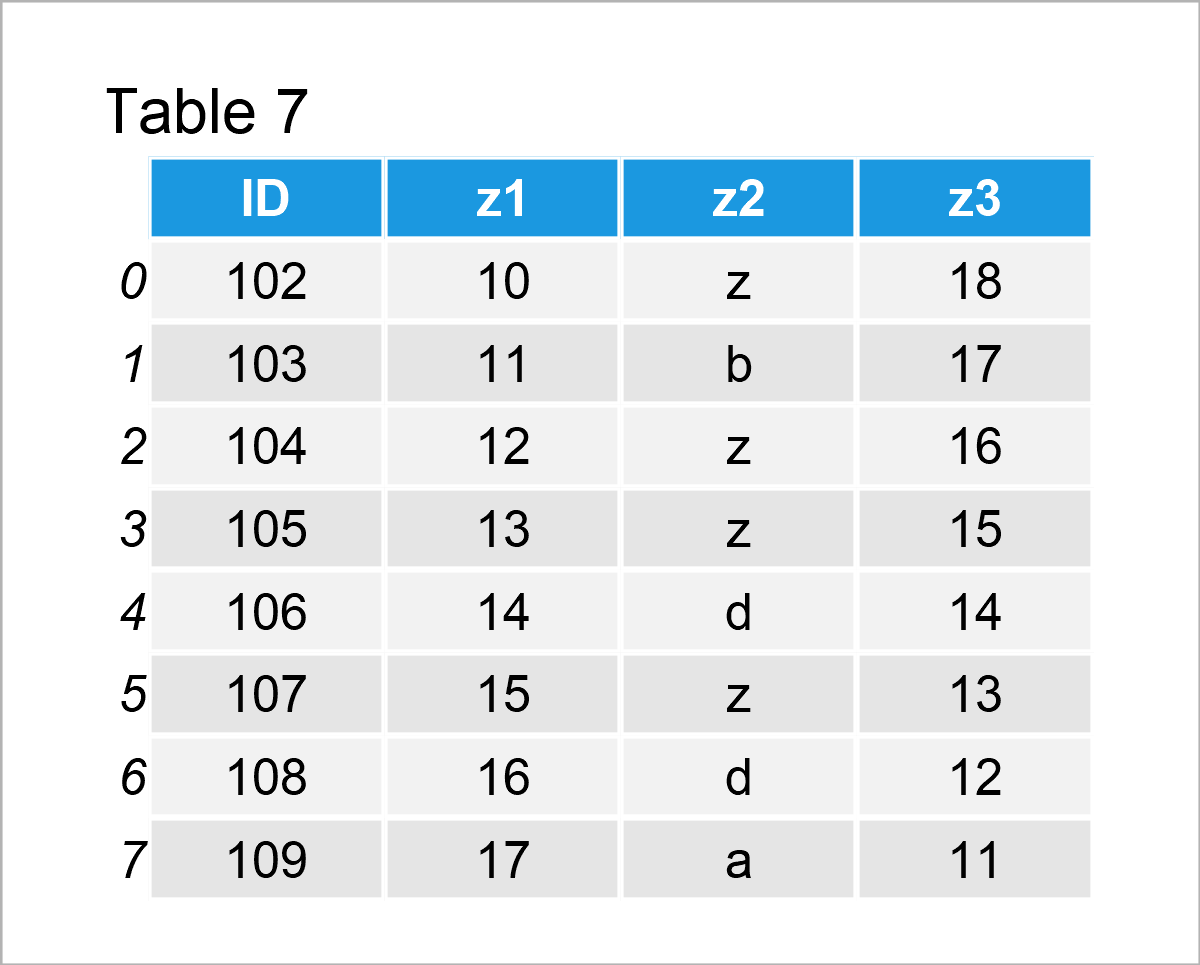

Here, we have used cbind() to combine two data frames: dataframe1 and dataframe2 horizontally.Īnd finally the combined dataframe which is stored in the updated variable is printed. The cbind() function combines two or more data frames horizontally. Call pd.concat(objs, axis0) with axis set to 1 and objs as a list of DataFrames to concatenate them along the. Can also add a layer of hierarchical indexing on the concatenation axis, which may be useful if the labels are the same (or overlapping) on the passed axis number. Allows optional set logic along the other axes. Since we want to combine two data frames vertically, we have provided the same column name Name and Age for both the data frames.Įxample 2: Combine Dataframe Horizontally Using cbind() in R concat() to concatenate DataFrames horizontally. Concatenate pandas objects along a particular axis. In the above example,we have created a dataframe named dataframe1, with two elements for both the columns and dataframe2, with three elements for both the columns.Īnd we have combined them together vertically using rbind(). If we want to combine two data frames vertically, the column name of the two data frames must be the same. cbind() - combines two data frames horizontallyĮxample 1: Combine Dataframe Vertically Using rbind() in R.If joining columns on columns, the DataFrame indexes will be ignored.
COMBINE TWO DATAFRAMES PANDAS SERIES
A named Series object is treated as a DataFrame with a single named column. rbind() - combines two data frames vertically Merge DataFrame or named Series objects with a database-style join.Create a Pandas DataFrame from a Numpy array and specify the index column and. We use the rbind() and the cbind() functions to combine two data frames together in R. There are two ways to store text data in pandas: object-dtype NumPy array.


 0 kommentar(er)
0 kommentar(er)
